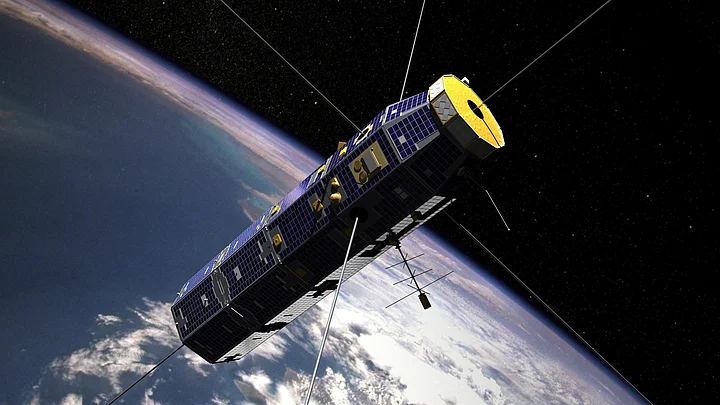Hours after NASA’s statement about the Indian A-SAT mission creating 400 pieces of debris in space, former Defence Research and Development Organisation chief (DRDO), Dr VK Saraswat, told The Print that NASA’s observation is “speculative”.
Saraswat, who is a NITI Aayog member, said, “There is a variation in the space debris figures being put out every day. It is all speculative at this point, till we get a final word from NORAD.”
North American Aerospace Defence Command (NORAD) is a combined organisation of the United States and Canada that provides aerospace warning, defends air sovereignty, and also monitors space debris.
The head of NASA Tuesday, 2 April, branded the destruction of one of its satellites by India under Mission Shakti, a “terrible thing” that had created 400 pieces of orbital debris and led to new dangers for astronauts aboard the International Space Station.
Jim Bridenstine was addressing employees of the National Aeronautics and Space Administration five days after India shot down a low-orbiting satellite in a missile test to prove it was among the world's advanced space powers.
‘Not All Pieces Big Enough to Track’
Not all of the pieces were big enough to track, Bridenstine explained. “What we are tracking right now, objects big enough to track – we’re talking about 10 centimeters (six inches) or bigger – about 60 pieces have been tracked.”
The Indian satellite was destroyed at a relatively low altitude of 180 miles (300 kilometers), well below the ISS and most satellites in orbit.
But 24 of the pieces "are going above the apogee of the International Space Station," said Bridenstine.
‘A Terrible, Terrible Thing’
"That is a terrible, terrible thing to create an event that sends debris at an apogee that goes above the International Space Station," he said.
"That kind of activity is not compatible with the future of human spaceflight. It's unacceptable and NASA needs to be very clear about what its impact to us is," he also said.
The US military tracks objects in space to predict the collision risk for the ISS and for satellites.
They are currently tracking 23,000 objects larger than 10 centimeters.
That includes about 10,000 pieces of space debris, of which nearly 3,000 were created by a single event: a Chinese anti-satellite test in 2007 at 530 miles from the surface.
As a result of the Indian test, the risk of collision with the ISS has increased by 44 percent over 10 days, Bridenstine said.
But the risk will dissipate over time as much of the debris will burn up as it enters the atmosphere.
(With inputs from The Print and AFP)
(At The Quint, we question everything. Play an active role in shaping our journalism by becoming a member today.)
